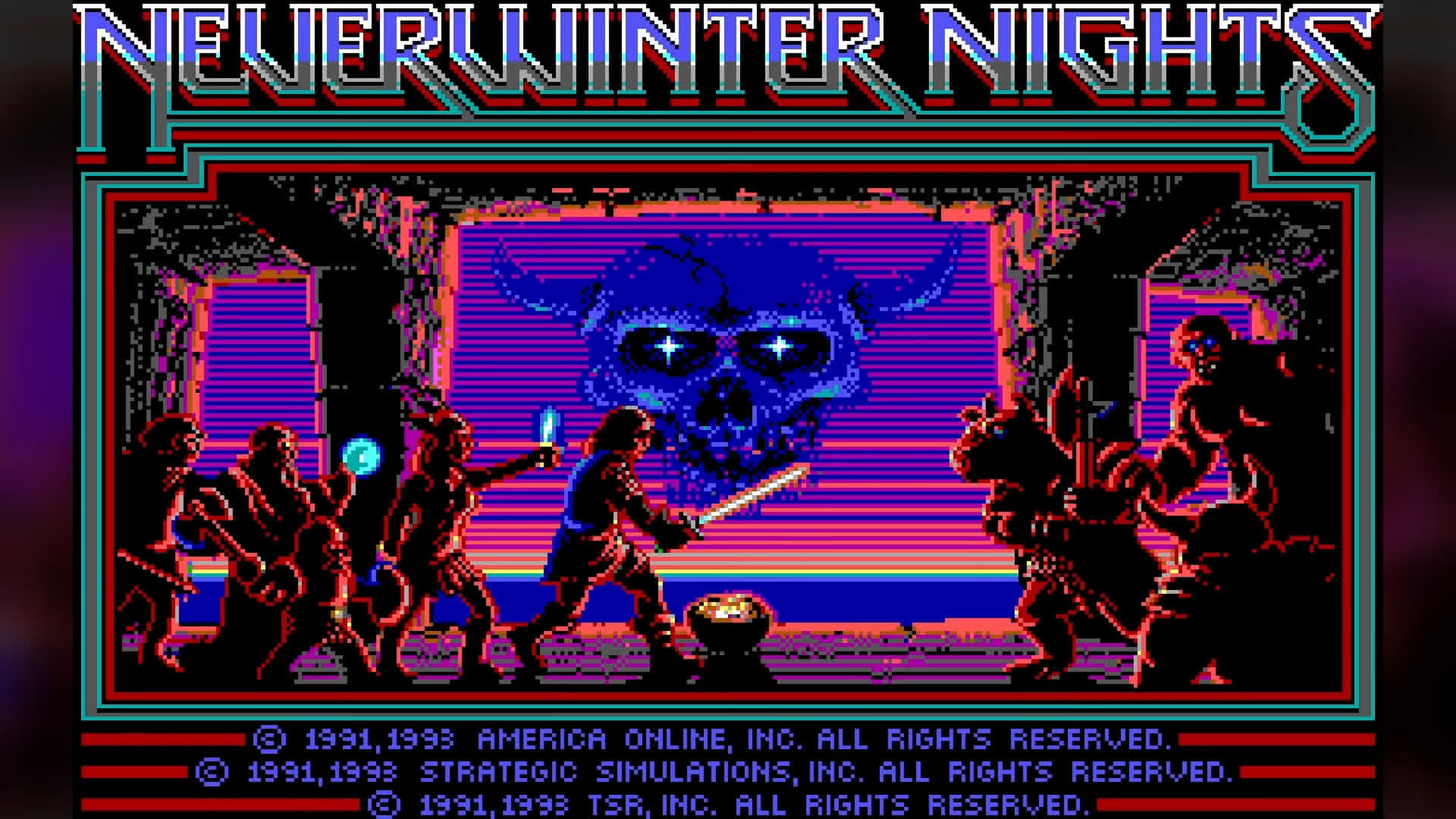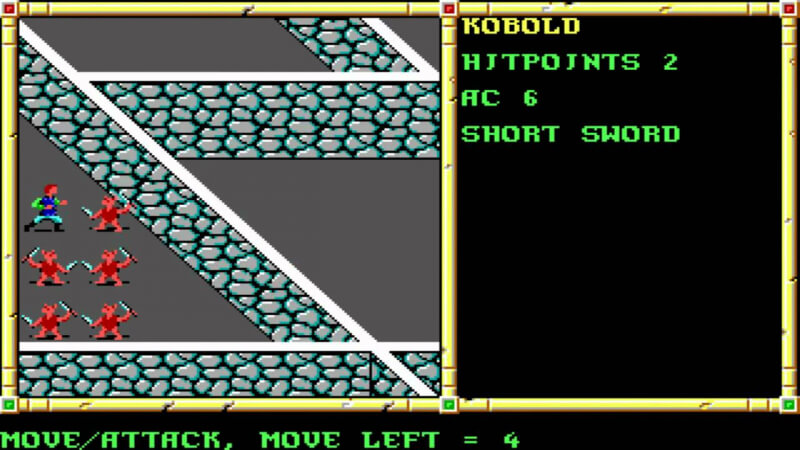Now let's learn something
Neverwinter Nights was developed collaboratively by Stormfront Studios, America Online (AOL), Strategic Simulations Inc. (SSI), and Dungeons & Dragons (D&D) publisher TSR. It launched on AOL in 1991 and represented a significant milestone in online gaming. Initially, players were charged $6 per hour to play – a substantial fee at the time – on servers that supported up to 50 players simultaneously.
Over time, the game became part of AOL's subscription package, which made it more accessible. By its peak in the mid-1990s, Neverwinter Nights had engaged a community of approximately 115,000 players, a remarkable feat for its era.
Although an argument could be made that Lucasfilm's "Habitat" (beta release in 1986) is the true answer to this question – being the first attempt at establishing a large-scale virtual community with graphical avatars – it was more of a virtual chat environment than a conventional MMORPG as we understand the genre today. Instead, Neverwinter Nights is more commonly recognized as the first multiplayer online role-playing game (MMORPG) to feature graphics instead of text.
Neverwinter Nights' closure in 1997 was influenced by several factors, including the rising competition from more advanced MMORPGs such as Ultima Online, which launched that same year and began to define the modern MMORPG landscape. It would still take a few more years before other major MMORPGs like EverQuest and Asheron's Call emerged in 1999, but Neverwinter Nights had already laid the groundwork by proving the viability and appeal of graphical online role-playing games.
The evolution from text-based MUDs (Multi-User Dungeons) to graphical MMORPGs was a pivotal moment in gaming history. Early text-based MUDs like Zork and Dungeon had established the foundations of online multiplayer storytelling and role-playing, but they lacked visual elements, relying entirely on textual descriptions to depict the world.
Habitat was an early experiment in creating a graphical environment with avatars and a persistent world, but it was limited in scope and more focused on social interaction than gameplay mechanics. In contrast, Neverwinter Nights brought the structured mechanics of D&D into an online graphical setting. Players could interact visually within a defined fantasy world, combining elements of traditional RPGs with the emerging potential of online multiplayer gameplay.

